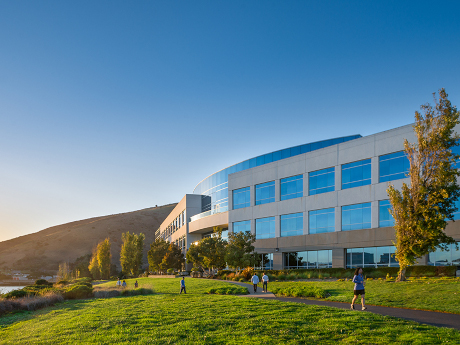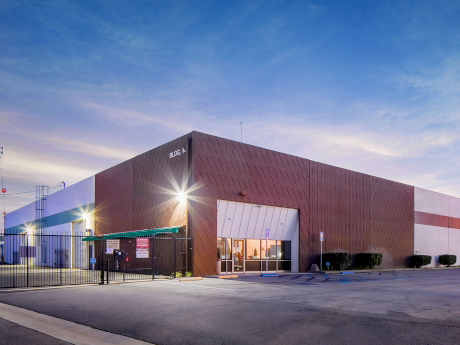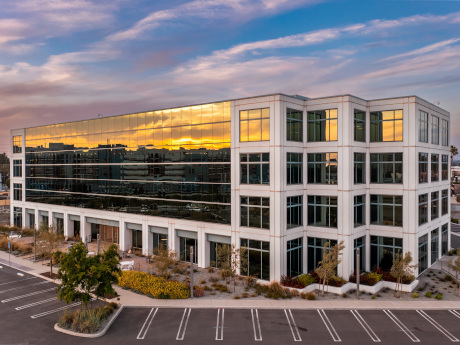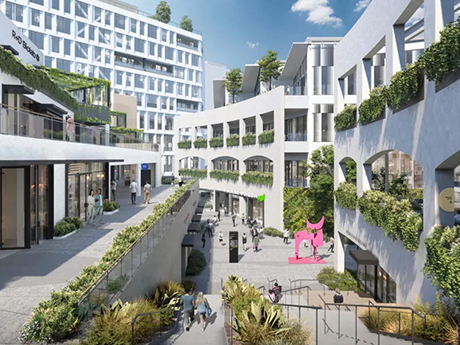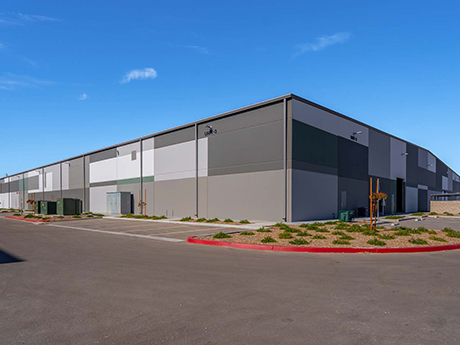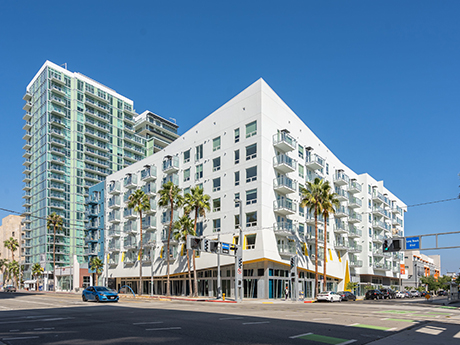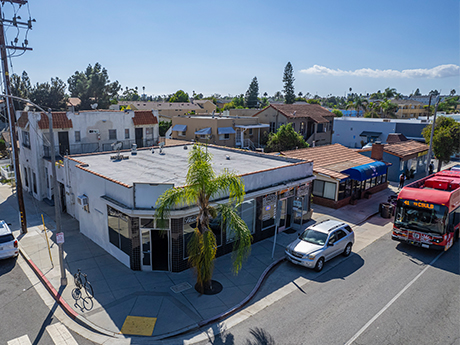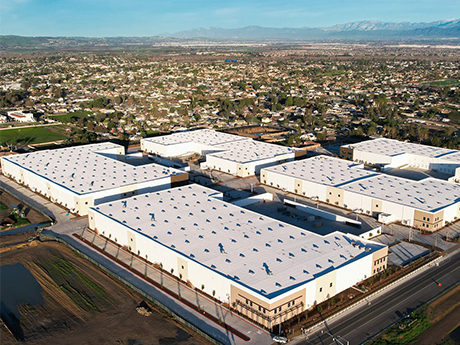— By Alex Browne, life sciences research director, Transwestern Real Estate Service — The San Francisco Bay Area life sciences market has been resilient in the face of the economic headwinds of the past 18 months. Despite the mix of issues besetting other commercial real estate asset classes, life sciences assets have fared well, with quality science continuing to thrive. Any shifts within the life sciences sector have been among the landlords and tenants, as the change in deal influence has varied over the past 12 months. Starting in 2017, the bulk of the deal leverage was on the landlord’s side. This, in turn, sparked an appetite for new development looking to meet the increased demand. It wasn’t until 2022 that the tide began to turn, with tenants gaining more leverage in negotiating renewals or electing to search for more favorable, high-quality space. Even though the market’s activity tends to be overshadowed by industry headlines, deals are being done, and space is being delivered and absorbed — albeit at a slower pace. The Bay Area continues to be the second-largest life sciences hub in the nation, with healthy industry drivers that continue to fuel innovation. The region is home to …
Market Reports
— By Zach Middleton, senior associate, The Klabin Company/ CORFAC International — Last year brought significant change to the industrial sector across the country. Orange County was not immune to general market factors that were influenced by a sharp rise in interest rates, growing vacancy rates, shallowing tenant demand and increased supply. Fortunately, Orange County remains resilient heading into 2024 due to its prominent geography harbored by major distribution routes along the 5 and 91 freeways, as well as the county’s proximity to the ports. Orange County also proudly showcases one of Southern California’s most diverse tenant pools. This is spearheaded by key sectors like technology and innovation, research, healthcare and biotechnology, manufacturing and aerospace, consumer goods, ecommerce, wholesale and distribution, underscoring its economic versatility and potential for sustained growth. Market breakdown: vacancy rate uptick still below historical average Current vacancy rates across Orange County are as follows: • North County – 2.4% • West County – 4% • South County – 3.5% • Airport – 2.5% Vacancy rates have trended upward but remain below the historical average of 4 percent. A growing number of cheaper sublease options and the slight uptick in vacancy rates have influenced direct deal …
— By Robert Ritschel and Andrew Herron, Senior Vice Presidents, The Saywitz Company — The industrial sector for Orange County commercial real estate continues to be one of the strongest in the country. Vacancy rates in Orange County for industrial space remain at approximately 2 percent. What this means for tenants out in the marketplace is a continued struggle to find viable space. When combining limited availability with the fact that some of the buildings are older or obsolete, or may have lower ceiling height or reduced power, this makes the challenge even more difficult. With that said, we have seen the sales prices for industrial space level off and we have also now, for the first time in the past several years, begun to see landlords offer free rent and move-in concessions, and come off of their asking prices. The days of five or 10 different tenants looking at one available space in the marketplace seem to be over, and those with good credit looking to sign long-term leases clearly stand out from the mom-and-pop operator that may be looking to sign a short-term lease. Landlords on the industrial side appear to be much more conscious of the changing …
— By Jeff Lefko, Executive Vice President, Hanley Investment Group Real Estate Advisors — Hanley Investment Group is expanding and opening its newest office in San Diego in early 2024. San Diego, the eighth most populous city and the fifth largest county in the United States, ranks second only to Los Angeles County in California, boasting a population nearing 3.28 million. With a substantial GDP of $206 billion, San Diego holds the 17th largest metropolitan area position in the U.S. and the fourth largest in California. The city’s economy thrives on defense, tourism, international trade and research/manufacturing sectors. Notably, in 2022, San Diego experienced an 8 percent growth in life science employment, reinforcing its position as a premier life science research destination. Attracting 28.8 million annual visitors, it stands as a prominent U.S. travel destination, generating approximately $13.6 billion in yearly spending and employing 214,000 San Diegans directly and indirectly. San Diego’s robust economy, diverse population, quality education, and prime location render it a desirable hub for commercial retail investment. The business-friendly climate further enhances its allure, while the limited supply of new retail construction helps maintain stable real estate fundamentals. The changing economy and rising interest rates have caused …
— By Joseph W. Brady, CCIM, SIOR, President, The Bradco Companies — A population boom has brought houses, companies and retailers to the High Desert also known as the Mojave River Valley. The “High Desert” used to be a term that referred to one area: the northern region of San Bernardino County that is beyond the Cajon Pass. As such, many other “High Desert” popped up, including the nearby Joshua Tree Area, in addition to namesakes in Arizona, Nevada and Oregon. That led this particular area to be rebranded as the Mojave River Valley, notes Joseph W. Brady, president of The Bradco Companies in Victorville, Calif. As a long-time, 35-year resident, of the Mojave River Valley, he is the longest serving commercial broker in the region. What is the current state of commercial real estate in the Mojave River Valley? Retail is rather steady, with each of the cities — Apple Valley, Adelanto, Hesperia, and Victorville — all seizing new opportunities for commercial. Sprouts grocery stores (remodel of the former Toys”R”Us) are coming into Victorville and the Town of Apple Valley. We also have many smaller national tenants that continue to expand in the retail marketplace. Retail vacancy levels continue …
— By Jason Fine, Managing Director, JLL — Situated along the Southern California coast between Los Angeles and Orange County, the City of Long Beach continues to be a strong option for businesses and residents. The city has recently delivered low- and median-income housing, in addition to luxury product, with more of each in the planning stages. This has allowed Long Beach to continue experiencing growth from aerospace, port-related businesses, oil and professional services. A few companies that have recently relocated to Long Beach include Blue Shield, Fluor, Relativity Space, SpinLaunch and Vast. Additionally, the city’s economic development department and newly elected mayor have taken a proactive stance, implementing strategies and marketing the city as a business-friendly destination. While the regional and national office leasing trend is seeing many tenants going to a hybrid model, the Long Beach office market has seen a steady increase in vacancy and rental rates despite no new office building supply being added to the market since the pandemic. For the third quarter, the total Class A and B office vacancy (including sublease space) for downtown Long Beach is at 33 percent, with rents sitting at $2.71 per square foot, per month (full-service gross). Suburban …
Multifamily Investors in Long Beach Navigate Opportunities Amidst Market Adjustments, New Developments
by Jeff Shaw
— By Juan Huizar, President, Sage Real Estate — Nationwide, multifamily sales are declining, while interest rates are rising. Buyers are adopting a patient approach, leading to properties lingering on the market for extended periods. This, of course, is accompanied by noticeable price reductions. Buyers are anticipating further price drops, while some sellers are slowly becoming more realistic in their pricing. Long Beach has perennially attracted multifamily investors with more than 7,500 individual apartment buildings. This is mainly composed of older housing stock, which creates a fertile ground for investors and syndicators. Often regarded as the last affordable beach city, Long Beach — despite being overshadowed by other Southern California communities or grouped with Los Angeles — stands as a significant population and employment hub, ranking as the sixth-largest city in California. Existing apartment sales for properties with five or more units have plummeted by more than 65 percent. Notably, 2021 was an exceptional year due to a confluence of factors, including rising real estate values and a low cost of capital. The current decline is more a reflection of increased capital costs than a trend over the past decade, with some properties selling for less than their 2019 prices. …
— By Jason DuFault, Regional Managing Director – Southern California, KW Commercial — With a population of about 440,000, the City of Long Beach has grown substantially over the past two decades. This is due, in part, to the draw of its coastal location, public spaces, dining and nightlife, employment, the ports of Los Angeles and Long Beach, and its many tourist attractions, including the Queen Mary and the Aquarium of the Pacific. This all bodes well for the retail sector. However, over the past 18 months, the retail market has been inconsistent for success based on location. The city’s overall vacancy rate is currently around 4.3 percent, with the most challenged market being downtown Long Beach, which is currently at 4.6 percent. While the vacancy is still low by most standards, I believe it will likely increase before it gets better. Like many CBDs across the nation, Long Beach’s office vacancy has been high. The decline in the daytime population has retailers struggling. The most challenging projects to rent out retail-wise seem to be the newer vintage mixed-use properties. On the other hand, smaller submarkets in east Long Beach, such as Second Street and Naples, have been strong, giving …
— By Nellie Day — Jon Pharris, co-founder and president of Newport Beach, Calif.-based CapRock Partners, is in delivery mode. The firm recently debuted Palomino Ranch Business Park and Saddle Ranch South, two new LEED Silver-certified industrial building complexes in Norco, Calif. Palomino Ranch is a three-phased, 2-million-square-foot industrial development, while Saddle Ranch South is a 374,000-square-foot three-building industrial park. Next up is Central Point III, a component of CapRock’s 5-million-square-foot, master-planned Central Point industrial development in Visalia. WREB recently sat down with Pharris to discuss these new projects, the types of tenants/users CapRock is now targeting and why location is more important than ever. WREB: Why was Norco the right choice for both the Saddle Ranch South and Palomino Ranch developments? Pharris: Norco is an important location for logistics and distribution due to its position near the convergence of Riverside, San Bernardino and Orange counties, in addition to its seamless transportation connectivity, robust infrastructure, proximity to major ports and airports, favorable business environment and skilled workforce. These factors collectivelycontribute to the city’s efficiency, cost-effectiveness, and competitiveness for facility operations, attracting businesses seeking to optimize their supply chains and expand their market reach. Norco is highly desired by Orange County, …
— By Ted Evans — The white hot, logistic-based real estate market in Southern California has cooled off. This is due to a combination of factors, including the end of COVID-based buying. Labor disputes, interest rate hikes and slower absorption rates are pushing business back to normal in a Western market segment supported by strong fundamentals. Returning to Normal As the crazed days of pandemic-induced buying slip into the past, we are seeing vacancy levels returning to pre-pandemic conditions. This may not be what some real estate investors want to hear, but the supply chain is certainly not as constricted as it was two years ago. The days of ordering products that were unavailable for weeks or months are over. The numbers we’re seeing back up our on-the-ground assessments. According to Savills, the warehouse vacancy rate in the logistics-heavy Inland Empire jumped to 3.8 percent in the second quarter. This was compared to 1.2 percent a year earlier, which was largely driven by reduced tenant demand over this period. The national vacancy rate for the sector clocks in at 4.7 percent, proving that the logistic sun is still shining in California. However, the increased vacancy rate is also …


